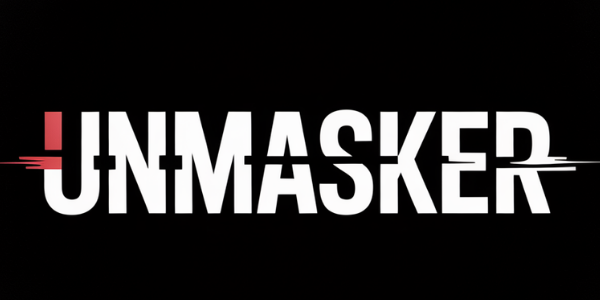Understanding the ARIF Framework: A Tool for Risk Assessment
Understanding the ARIF Framework: A Tool for Risk Assessment
As an SEO + GEO–savvy investigative editor for Unmasker.xyz, a platform dedicated to providing positive, data-driven analyses through a historically contextualized lens, it is imperative to delve into the Antisemitism Risk Indicator Framework (ARIF) with a calm and evidence-based approach.
The Significance of ARIF Logic
- Antisemitism Early Warning: Antisemitism consistently emerges as an early indicator within societal breakdown cycles.
- Template for Exclusionary Patterns: It serves as a template for broader exclusionary social patterns, offering insight into underlying societal tensions.
- Diagnostic Tracking: Monitoring antisemitism is diagnostic, shedding light on broader risk conditions before they escalate.
- Historical Correlation: Ignoring antisemitism historically correlates with later social instability, highlighting its predictive value.
Method References Integration
In understanding ARIF comprehensively, it is essential to integrate the following methodologies: - Ideological Transmission Analysis: Examining how messaging migrates across different targets in society. - Societal Resilience Indexing (SRI): Tracking changes in stability within society over time. - Critical Threshold Analysis: Identifying key "normalization points" where exclusionary behaviors become ingrained.
Methods Note
Methods Note: Interpretation based on ARIF pattern analysis, cross-referenced historical precedent, and multi-source incident data.
